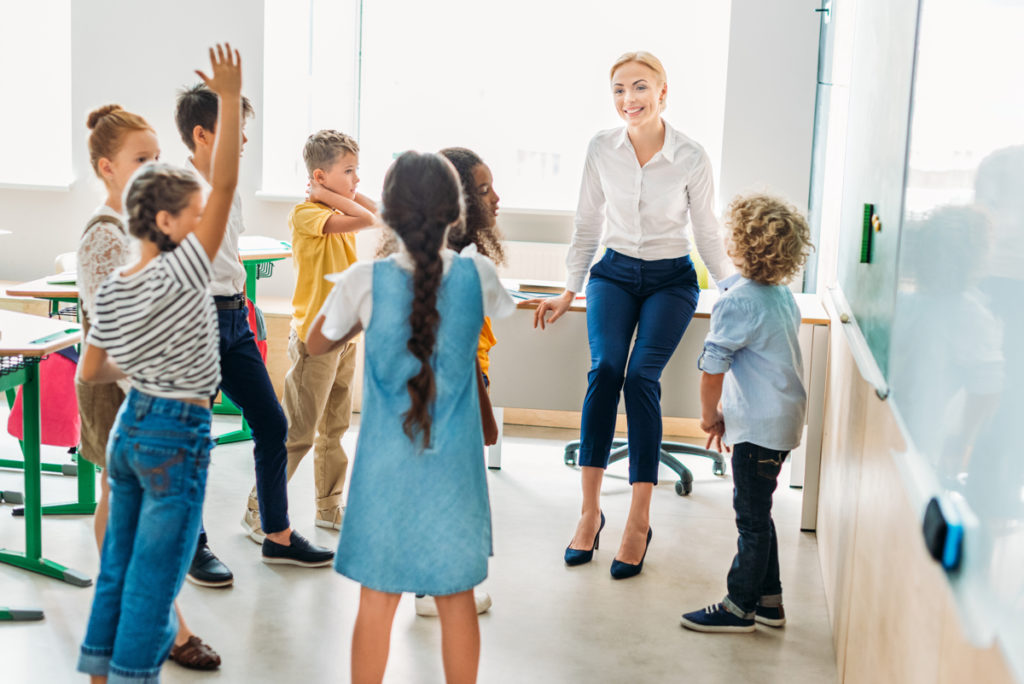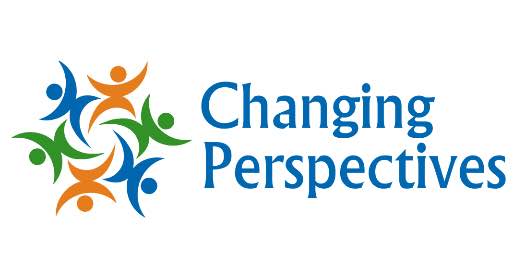 Talking about disability and other differences between us can be difficult. However awareness of differences is the foundation to empathy. These communications help support our diverse communities and social-emotional learning. While difficult, these conversations are important and the sooner we talk to students about it the better. Here are some simple strategies which help facilitate the process.
Talking about disability and other differences between us can be difficult. However awareness of differences is the foundation to empathy. These communications help support our diverse communities and social-emotional learning. While difficult, these conversations are important and the sooner we talk to students about it the better. Here are some simple strategies which help facilitate the process.
First of all, when discussing disabilities start by talking about visible disabilities. Visible disabilities are easier for students to understand and empathize with compared to invisible disabilities.
Then we recommend:
- Set ground rules
Present the students with some basic information about words to use and respecting those with disabilities. - Model respectful curiosity
As always, students learn well from modelled behavior. - Start with Literature
Literature is an easy way to introduce age-appropriate content about disabilities that is relatable. - Invite perspective
Ask your students to talk about how they have thought about disability and how they are changing those views. - Create context for action learning
Doing is a tried and true way of making content become real.
The open-conversation process for developing awareness embodies the tenets of universal design. Everybody has challenges. Everybody has strengths. All students benefit by making connections through these discussions, and they all profit from having opportunities to develop skills they need to be successful collaborators in the diverse teams most careers now demand.
Helping our youth support diversity, including those with disabilities, is our passion. For more information on our work please visit our website or contact us.
